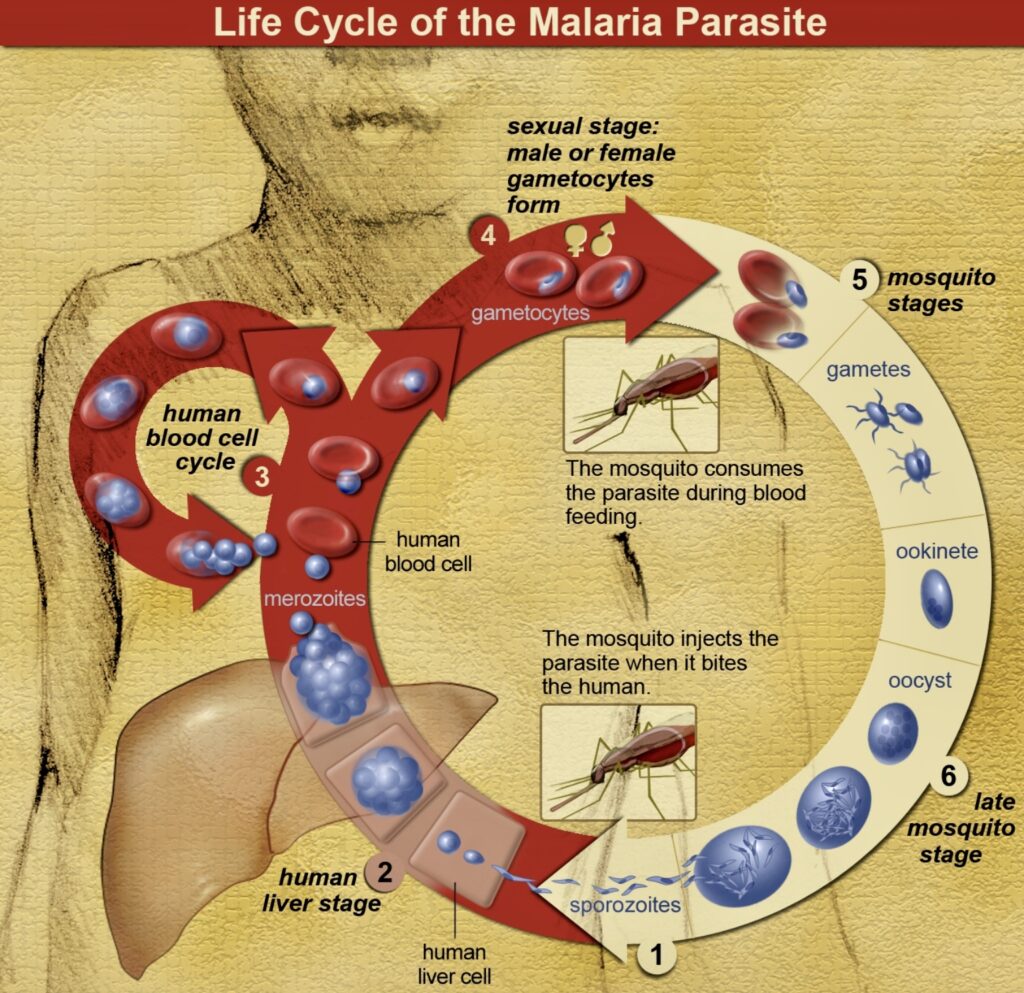By Henrylito D. Tacio
“As medical research continues and technology enables new breakthroughs, there will be a day when malaria and most all major deadly diseases are eradicated on Earth.” – Peter Diamandis
***
By 2030, the Department of Health (DOH) wants to see the Philippines already a malaria-free country.
Already, the country has significantly reduced the incidence of malaria by 87% from 48,569 in 2003 to 6,120 cases in 2020. In addition, it has reported a 98% reduction in the number of mortality due to malaria, from 162 deaths in 2003 to 3 deaths in 2020.
But what is more encouraging is that 60 provinces have been declared as malaria-free and additional 19 provinces have reached the malaria elimination phase with zero local transmission, according to the health department.
Last April 25, the international community observed World Malaria Day. The theme was: Time to deliver zero malaria: invest, innovate, implement. The Geneva-based World Health Organization (WHO) led the observance.
“We have the tools to drive down malaria, a package of interventions that includes vector control, preventive medicines, testing, and treatment,” said Dr. Tedros Adhanom Ghebreyesus, WHO Director-General.
“These are joined by a safe and effective malaria vaccine, which could save the lives of tens of thousands of children every year,” he added. “With sustained investment and scaled-up efforts to reach those most at risk, malaria elimination in many countries is in reach.”
According to WHO’s latest World malaria report, there were an estimated 247 million new malaria cases worldwide in 2021.
“There are more people dying of malaria than any specific cancer,” Bill Gates reminded.
The WHO calls malaria “the world’s most important tropical parasitic disease” as it “kills more people than any other communicable disease except tuberculosis.”
Like dengue fever, malaria is caused by a bite of a mosquito, which has about 2,000 species. The species that transmit malaria are classified in the genus Anopheles. There are some 400 species of Anopheles mosquitoes, but only about 70 species are known to be responsible for transmitting malaria.
Malaria is caused by five types of Plasmodium, a single-cell parasite transmitted by the bite of the female Anopheles. Most deaths, however, are caused by P. falciparum, whereas P. vivax, P. ovale and P. malariae generally cause a milder form of malaria. The species P. knowlesis rarely causes disease in humans.
In the Philippines, the majority (72%) of malaria cases are due to P. falciparum and 26% to P. vivax, while 1.3% are due to other unspecified species, and 0.7% are mixed infections. “There has not been a systematic decline in the percentage of cases due to P. falciparum,” the WHO said.
Aside from mosquito bites, health experts say malaria can also be transmitted accidentally by blood transfusion, or through contaminated needles or syringes. During pregnancy, fetuses can become infected with parasites from the blood of the mother.
The most common early symptoms of malaria are fever, headache and chills, the WHO says. Symptoms usually begin within 10-15 days of getting bitten by an infected mosquito.
“Symptoms may be mild for some people, especially for those who have had malaria infection before,” the WHO explains on its website. “Because some malaria symptoms are not specific, getting tested early is important.”
Some types of malaria can cause severe illness and death. “People with severe symptoms should get emergency care right away,” the WHO urges. “Getting treatment early for mild malaria can stop the infection from becoming severe.”
Infants, children under 5 years, pregnant women, travellers and people with HIV or AIDS are at higher risk of severe infection.
Symptoms of severe infection include extreme tiredness and fatigue, impaired consciousness, multiple convulsions, difficulty breathing, dark or bloody urine, jaundice (yellow of the eyes and skin), and abnormal bleeding.
Malaria is curable and treatment is free, the health department says. On its website, the DOH says preventive and treatment services are being delivered by 3,166 public health facilities throughout the country.
Multiple medicines are used to prevent and treat malaria. Doctors will choose one or more based on: the type of malaria, whether a malaria parasite is resistant to a medicine, the weight or age of the person infected with malaria, and whether the person is pregnant.
Malaria can be prevented by avoiding mosquito bites or by taking medicines. Mosquito bites can be avoided by doing the following: using mosquito nets when sleeping in places where malaria is present, using mosquito repellents after dusk, using coils and vaporizers, wearing protective clothing, and using window screens.
The reason why malaria cases dropped significantly in the country in recent years was because of interventions such as the use and availability of long-lasting insecticidal mosquito nets, indoor spraying with insecticides, access to prompt quality-assured diagnostics, effective therapies, rapid reports and effective surveillance of malaria.
“Defeating malaria is absolutely critical to ending poverty, improving the health of millions, and enabling future generations to reach their full potential,” stressed Dr. Tedros. – ###
Photo credits: Wikipedia and Mayo Clinic










